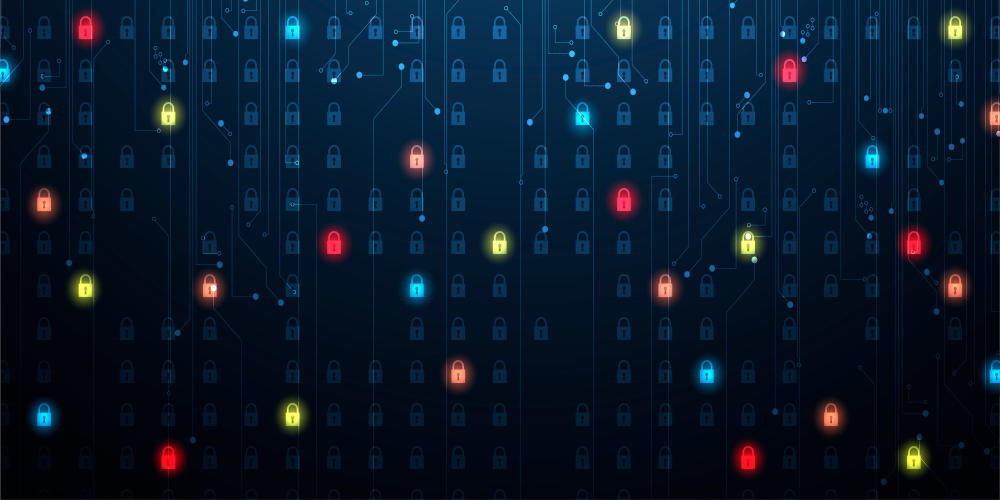
Apr 13, 2022 | SMB Technology, SMB Technology, SMB Technology, SMB Technology, Technology News
Now that we’re moving forward from the last couple of years, companies are moving into a new phase of optimism about growing revenue and technological advancement. Many companies, in line with the trend of their workers favoring the remote office, are interested in unified communications, especially the cloud-supported Unified Communications as a Service (UCaaS). Read on to learn more about the benefits of UCaaS as well as what to consider in adoption and in choosing a provider. Advantages of Unified Communications With the surge in remote work of the last two years, integrating separate modes of communication (IP telephony, video and web conferencing and applications like CRM and file sharing) has become even more popular. Unified Communications, an internet-based way of provisioning computing resources, can bring together the various ways that workers communicate, allowing them to move back and forth between phone, email, and more. Your company can give its customers even more value by answering their questions quickly, and your employees can work even more flexibly. If a disaster occurs and your office is closed, phone and email traffic can be redirected so your company can still respond to customers. With Unified Communications as a Service (UCaaS), the provider handles the infrastructure and saves your business the cost of managing on-premise hardware and servers. Questions to Ask a UCaaS Provider With all the benefits that Unified Communications provides, adoption is a significant undertaking. Consider first the health of your computer network, if it has enough broadband and can support Unified Communications. Along with strength, your network should be secure, with the latest antivirus and...

Apr 6, 2022 | SMB Technology, SMB Technology, SMB Technology, SMB Technology, Technology News
We live in interesting times, that’s for sure. With the war in Ukraine in its second month, cyberattack risks are high all over the world. That’s usually the case, though, even in times of relative peace. Read on to learn more about protecting your network and data from cyberattack. Understanding the Threat Landscape According to a CompTIA article, Russian cyberattacks have increased in recent years. With the recent invasion of Ukraine, more are expected. Just recently, 74% of ransomware payments have gone to Russian actors. Cyberattacks can include malware, malicious software that can enter your system through a phishing email; ransomware, a particular type of ransomware that locks up a company’s data until the company can pay a large amount for its recovery; and distributed denial of service attacks, wherein a network is flooded with traffic from numerous computers. All of these types of attacks can result in downtime, depriving your company of revenue and putting your reputation at risk. What can your company do in the face of a seemingly inevitable attack? Protecting Your Company from Cyber Threats Cybersecurity involves numerous components related to people, processes and technology. Not only does a company need to maintain current anti-malware and antivirus protection and operating system patches, it needs to have an incident response plan in case of a major attack. This type of plan contains multiple stages and the initial stage of preparation can go a long way toward preventing and mitigating an attack. When drawing up your company’s plan, considerations include what will be done first in the event of an attack; where you will store data to...




